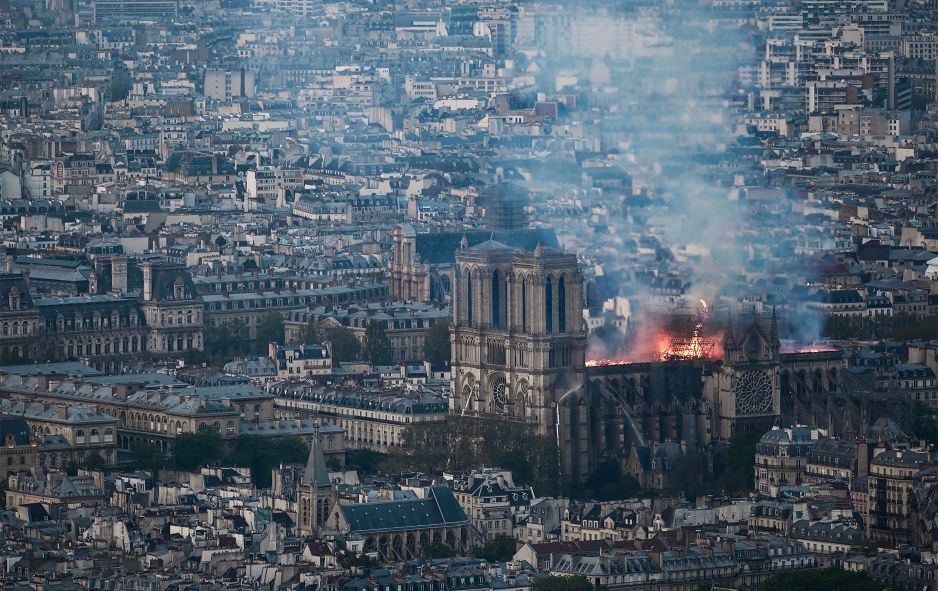
Few, if any buildings in the world were quite like it. Generally speaking, all the experts agree that above most if not all others, it was a crowning achievement testifying to the accomplishments of men.
The scope of its size. The volume of its sanctum. The brilliant design. The unparalleled architectural accomplishment. Its beautiful ornation. Its unparalleled art. Its testimony to centuries of work and centuries more of history.
And yet, the structure was tragically destroyed. Its culture, lost. Its brilliance, scuttled. Its testimony, quieted. No longer will it give witness of an age of man’s brilliance long forgotten. Now, it too will be dust and ashes, stubble and straw.
Whether or not mankind can ever replicate it, we perhaps will never know. There will never be another like it. And now that it is gone, the world gathers around it to mourn.
People of every religion have wept for it. Men of every field of study lament its passing. Some wonder if its destruction is a terrible omen for mankind, if the human race can survive without its glory. Others view it as a harbinger for the new Dark Ages, when the men who could make such a thing no longer exist. Shall we venture back to our caves?
Our children will not walk its halls or gaze upon its shadows; they shall play in its ashes.
Woe, am I. We are undone. Civilization is lessened, even crippled, by its loss.
This building spoke to us about a better time, a greater time, a time of accomplishment, brilliance, and achievement. Even if we do not agree with what happened there or support its cause, we have all stared upon its beauty to admire it. And now that it’s gone, so is the testimony of our greatness.
Shall we get over such a loss? Shall we overcome?
Ashes to ashes, the tower has fallen,
A cathedral to man’s greatness.
Never before, and never again, shall a building testify like this,
Of man’s power, wisdom, and geniusBeauty and genius, the tower has fallen,
By JD Hall
A cathedral to sinful leaven,
With spirals and scaffolds by which man can scale into Heaven,
Humanity mourns it’s passing.
I write not of Notre Dame. I write of the Tower of Babel.
No building on Earth, in the history of mankind, better exemplifies the creative genius and ingenuity of man than the Tower of Babel. For God looked down and saw their building’s design and recognized their collective brilliance, acknowledging, “…nothing they plan to do will be impossible for them” (Genesis 11:6).
But in the end, that cathedral to man’s wickedness was nothing but a monument to man’s rebellion against God. God himself tore it down, brick-by-brick. The tower testified to man’s ambition, but it stood defiantly opposed to the God of Heavens, and the God of Heavens brought it crashing down.
If you would not mourn the passing of the Tower of Babel, do not mourn the passing of Notre Dame. Those two structures could not dare compete for beauty, scope, and size and if we do not mourn the greater, we should not mourn the lesser.
In fact, praise God. On Monday night, for the first time in nearly 900 years, Notre Dame finally cast light into the darkness.










